Yet Another 3 Utilities for the Linux Desktop
3 June, 2025
Here’s another quick look at three useful little tools for the Linux desktop. Tools that can help you quickly and efficiently tackle some simple tasks, especially tasks that you don’t tackle regularly.
Let’s jump in, shall we?
Solanum
If you need to focus in short bursts to get things done, the Pomodoro technique can help you do that. Follow the link in the last sentence to learn more about.
At the core of the technique lies a timer. That’s where Solanum comes in: it’s a simple but effective Pomodoro timer.
Fire it up, and you see this:
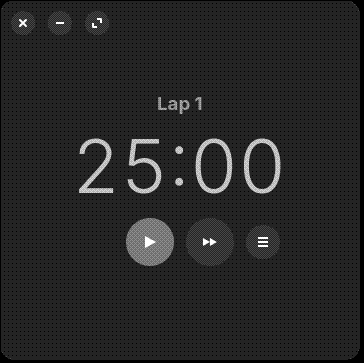
Click the start button. The timer runs for 25 minutes. Yes, you can change that (more in a moment). When the timer runs down, you see this:

Click Start Break to take a five-minute rest, or click Skip.
To change how long a session runs, click the hamburger menu and then click Preferences. This screen displays:
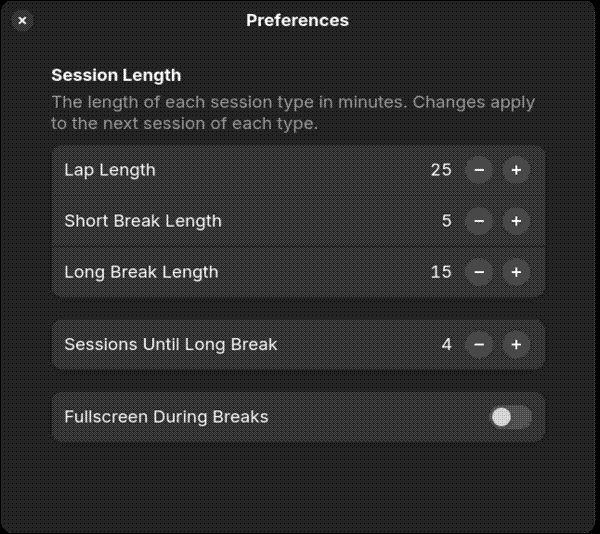
You can change the length of a session (called a lap) and the length of your breaks.
As I mentioned a few paragraphs back, Solanum is simple but effective. As any good utility should be.
Simple Diary
If there’s something I’ve never been much good at, it’s keeping a journal. I’m still trying, using a command line tool called jrnl. If you prefer working on the desktop, Simple Diary makes journaling a breeze on the desktop.
Fire it up and then click the + icon on the toolbar. From there, select a date and enter a title for your journal entry. Here’s an example:
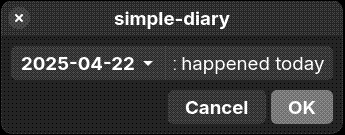
Click OK and start typing. Here’s what that looks like:
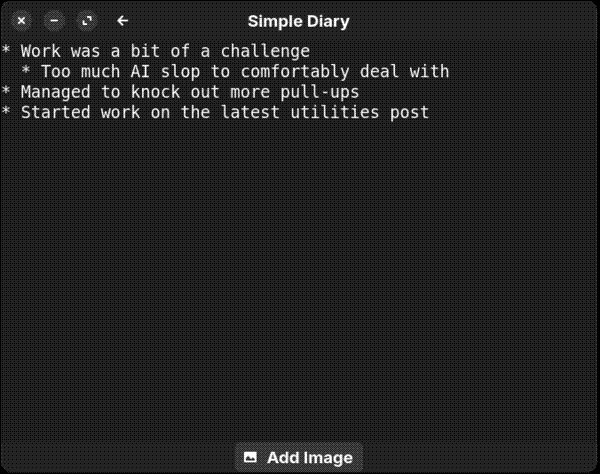
The interface is very minimal. You can (manually) add some basic Markdown like headings, bold, and italics. Click the Add Image button and either insert an image from a file or one that’s been copied to your clipboard.
When you’re done, click the arrow on the toolbar to view the journal entry, and then click that arrow again to go to a list of your journal entries:
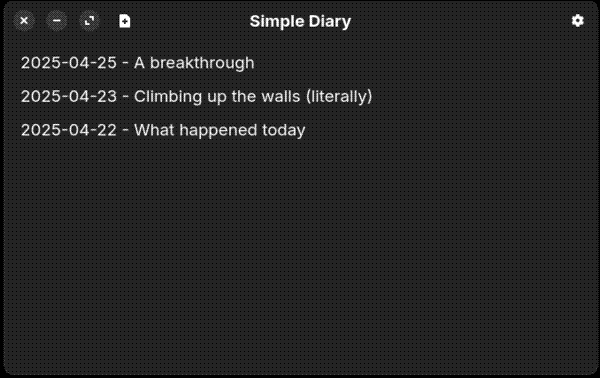
Simple Diary isn’t for everyone. If you’re looking for a minimalist and distraction-free journaling app this could be it. That said, I’m not really a fan of the app’s icon …
Web Apps
Many of us use at least one web app. The traditional way of getting to those apps is via a web browser. But what if you could do that from your desktop with a click?
That’s not a new idea, and Web Apps is the latest in a line of utilities that works with your default web browser to help make that happen.
It’s easy to use. Start Web Apps and then click the + icon on the toolbar. From there, enter or paste the URL of the app that you want to turn into a shortcut. Here’s what that looks like:
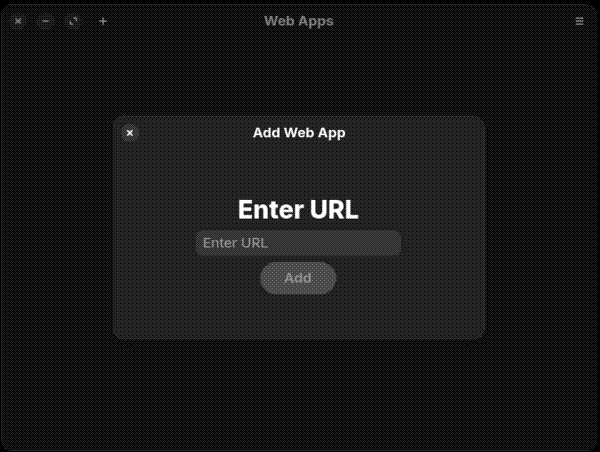
After you click Add, there’s a short delay (while it connects to the app) and then a screen like this displays:
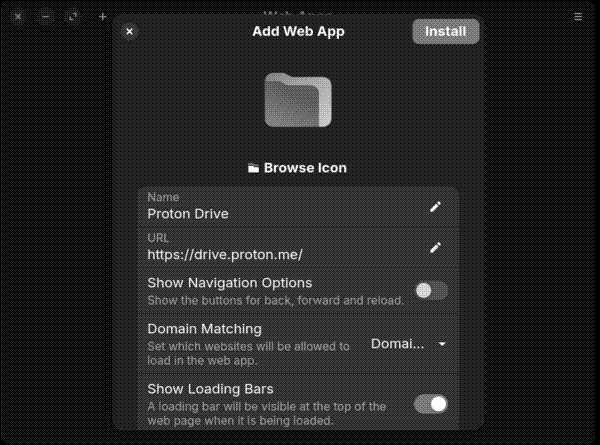
You can change the icon or the app’s name, show navigation buttons, and browse in incognito mode.
Once it’s installed, the app’s icon appears on your desktop or in your app menu. Click an icon to open the app, as shown below.
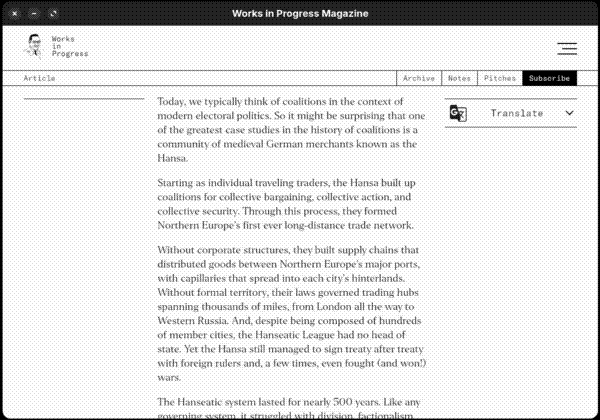
What you see is a browser window, but without the usual browser window adornments.
As you can see in the example above. Web Apps doesn’t just work with online tools; you can also use it with web-based publications as well.
A list of your installed web apps displays in the Web Apps window, as shown below.
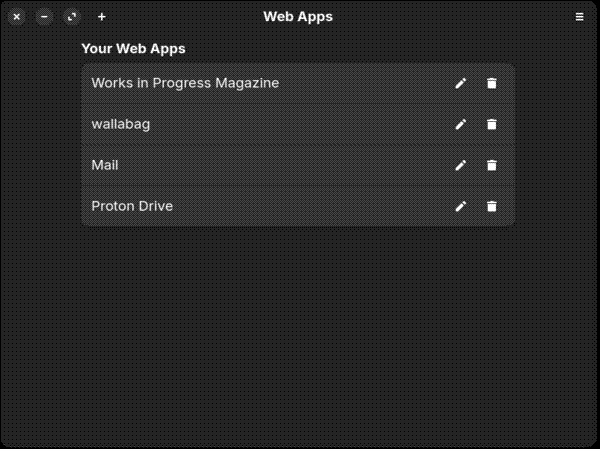
From there, you can edit or delete your apps.